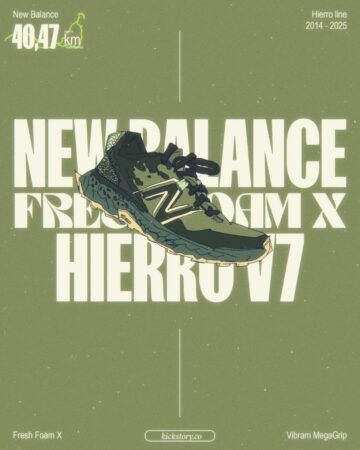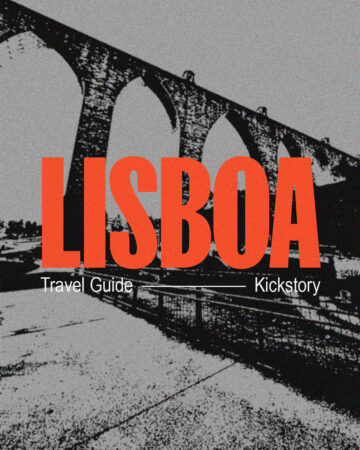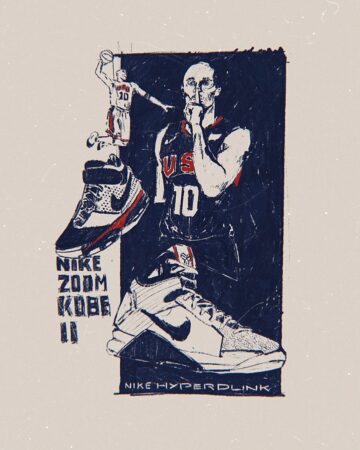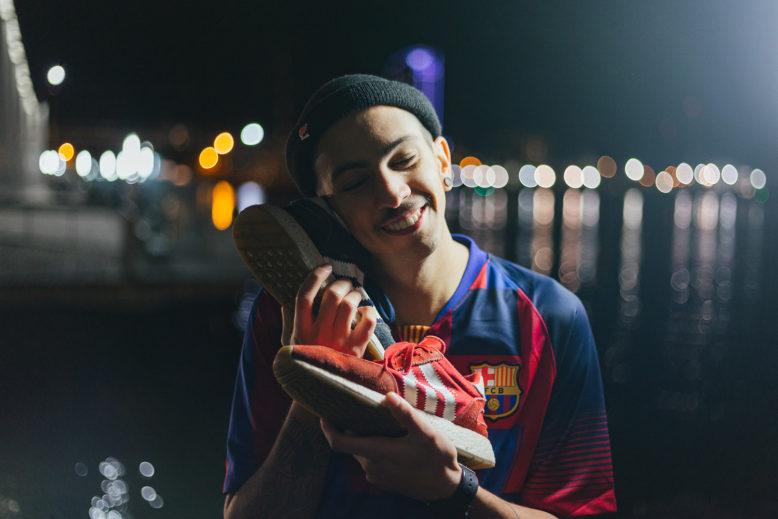

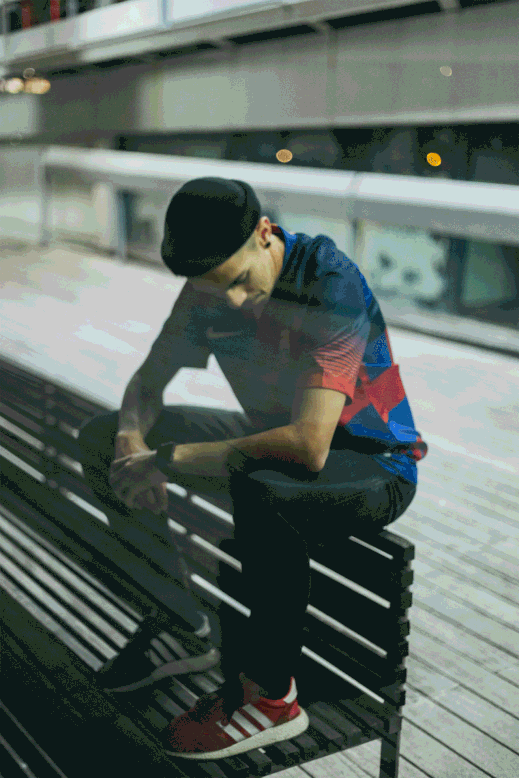
Thais: First, let’s talk about your profession – why graphic design?

Thais: You’ve worked with design in São Paulo and now in Barcelona – What are the main differences between working in those two places?

Thais: I think it would be cool for us to talk about how we met (laughs)
vitorIt was impossible for us not to have met (laughs). Ian was friends with Lucas who was in my class in college, and he was also in the same class as Henrique who worked with me at the time and we ended up meeting in a bunch of different events, from different people. Thais came in the same package as Ian, since she was also from his class in college and had also worked in some of the same places I did in the past, we shared a huge circle of the same friends.
Thais: Now talking about Kickstory, what’s the story behind the project?

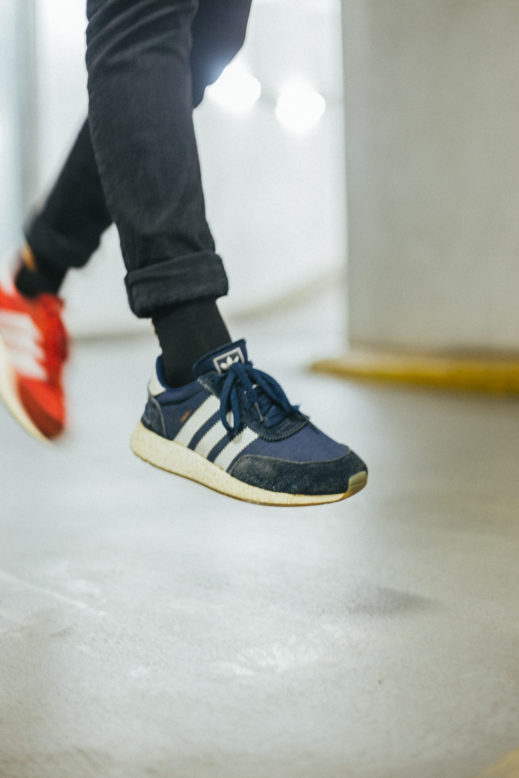
“I knew we growing and doing well, but when we were invited to participate in SP On Air, I could control myself so much, that I flew to Brazil just to be a part of that.”
Thais: And what was your most special moment with Kickstory?
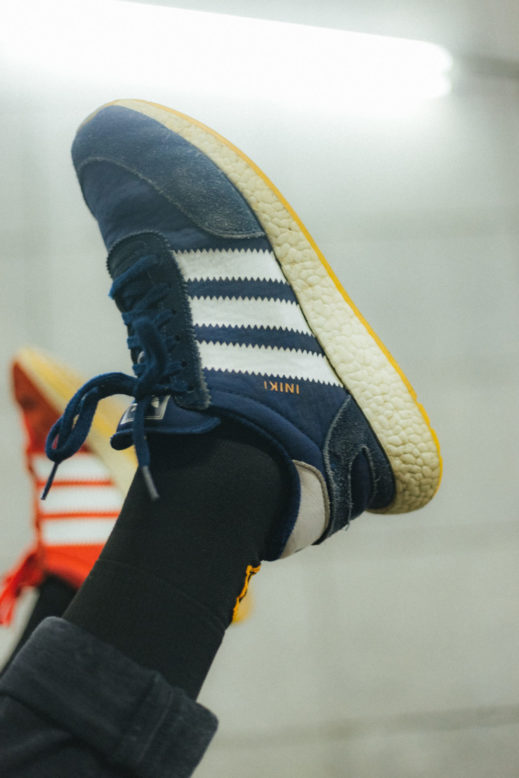
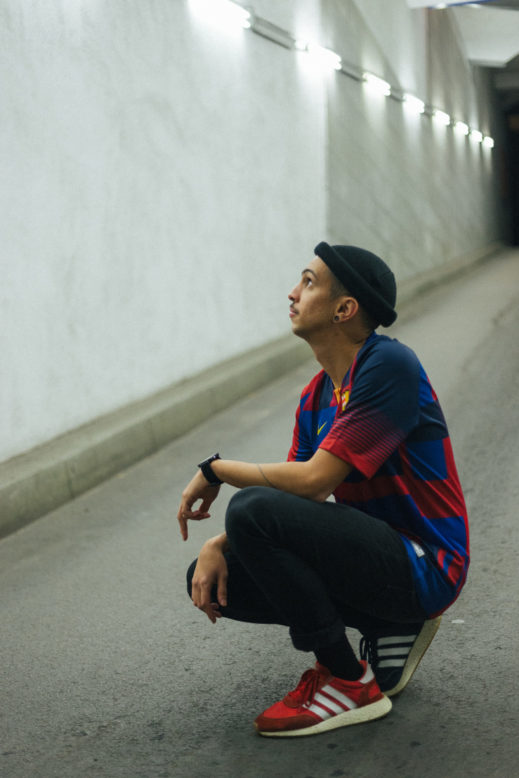
Thais: Now talking about sneakers – what do they represent to you?
“I’m very proud of all the content that we created with Kickstory, we have interview more than 120 people, that’s a lot of people! People from different places, areas, cities, people that now I can call my friends, and all of this because of sneakers, because of Kickstory.”
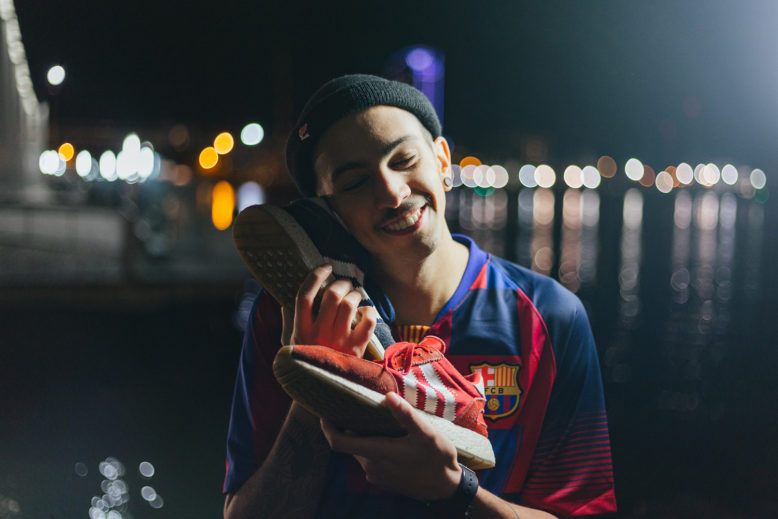
“The blue one was the last sneaker I bought before I left Brazil, and the red one was the first one I bought after I got here in Spain, during a time when I was crazy about Inikis.”
Thais: Well you have a lot of sneakers, why did you choose these, and why one of each color?

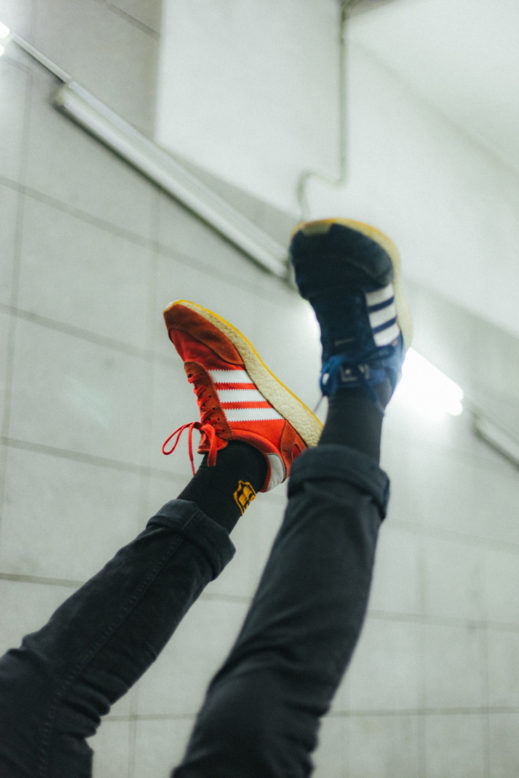
Thais: And what are the biggest difference between sneaker culture there compared to here?
vitorRight at first I think that sneaker culture in Brazil is currently more active, with more people participating, with more event happening, and with more people actually concerned about the growth of all that this, than over here. Now Barcelona, which is a city that has it’s events, it’s sneakerheads, it’s stores and all that, it’s all very small when compared to what Barcelona represents as a city to the world. But I still think that sneaker are more accessible, not the grails and hits that nowadays are almost all available in Brazil, and here we still have a category of sneakers and collabs, designers that you don’t get in Brazil.
And not to mention Europe as an entire continent, because then Brazilian culture gets really left behind. If you take cities like Paris or London, that has money being invested, that have huge events and an already existing culture, exclusive products, it’s all so much bigger. We are at the beginning in Brazil, and in the last few years it has grown intensely, and a lot has happened, but it’s still really different.
Thais: Do you have a message you want to leave to Kickstory? Besides, what are your plans for the future, a year from now and five years from now?
Adidas Iniki Runner
Bought:2017
Owner: Vitor Manduchi
Photos by: Felipe Gottardelo
